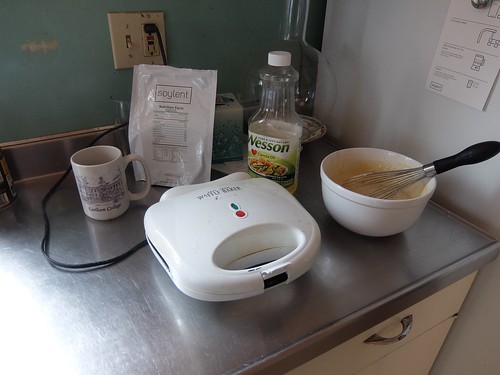These three videos form a series, and a rather simple trajectory. First, I show what a theorem about CCP tetrahedrons actually means in practice, by randomly generating CCP-vertexed tetrahedra and showing they have whole number tetravolumes, within the limits of floating point accuracy.
But why settle for the limited precision of floating point numbers? In the 2nd part, I dive into using an extended precision number type from the 3rd party Python module called gmpy2. We go from 100 bits to 200 bits in precision, confirming our tetrahedrons are ever more closely approaching whole number volumes.
The third video serves as a synopsis by bringing the first two Jupyter Notebooks side by side within JupyterLab. I review how to make changes to the content, fixing a typo and changing an embedded Youtube in the derived copy. I insert the above Youtube into the Notebook itself.
Also, during Part 3, I launch into a bit of a Quaker rant about how my curriculum is "more American" than that of the competition, in that I'm including, not censoring, the "Bucky stuff".
Buckminster Fuller was the USA's premier futurist until LAWCAP decided it wasn't quite ready for GRUNCH yet, and hit the brakes. Those of us who were ready, kept moving forward and took the lead.

